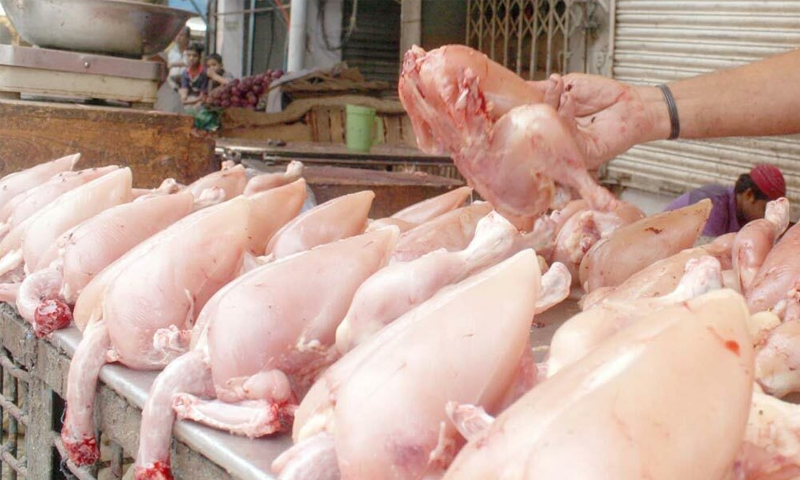- Web Desk
- 9 Minutes ago

Chicken shortage hits Twin cities as poultry sellers go on strike
-

- Web Desk
- Nov 29, 2023

RAWALPINDI: In a development causing widespread concern among consumers and poultry industry stakeholders, the Twin Cities of Islamabad and Rawalpindi find themselves embroiled in a controversy over uniform poultry prices. The simmering tension reached a boiling point as the strike initiated by three prominent poultry organisations entered its second day, leaving residents grappling with a chicken shortage.
The scarcity of chicken has become particularly pronounced in the Twin Cities, along with a notable protest camp springing up in the Bagh Sardaran chicken market. Frustrated chicken sellers have gathered to voice their grievances against what they perceive as an impractical administrative policy that hampers their ability to conduct business.
IHC launches mediation center; LHC orders mediation in a case
One of the central issues raised at the protest camp revolves around the economics of poultry production. Sellers argue that with expenses ranging from Rs 35 to Rs 40 per kilogram, attempting to sell chicken at the mandated rate of Rs 12 per kilogram is financially unsustainable and unfeasible for turning a profit.
Moreover, participants in the protest camp highlighted the additional costs incurred in transporting chicken from other districts to meet demand in the Twin Cities. These logistical challenges contribute to the overall financial strain faced by poultry sellers.
In a united front, the Suppliers and Retailers Associations have announced their decision to prolong the strike until a resolution is reached. The ongoing standoff underscores the industry’s insistence on a reconsideration of the uniform pricing policy.
Addressing the participants of the protest camp, notable figures in the poultry sector, including Malik Ghazanfar, Zaheer Abbas Abbasi, and Raja Waqas, voiced their support for the cause. They emphasised the need for a more practical approach to pricing that takes into account the actual costs incurred by poultry producers and sellers.
In winter season, the demand for chicken and meat products increase. As the mercury falls, people’s interest in all things meaty, from soup till karahi begins to increase. Along with the demand, the rate of chicken and meat products also begins to rise. The same happens with the demand for beef, mutton, fish and other meat products.
As the controversy rages on, consumers and industry players alike anxiously await a resolution that balances the interests of all stakeholders in the poultry supply chain. Customers eagerly await to see if they will be able to have their favorite hamburgers, nuggets and other dietary preferences, or will there be a supply crunch affecting menus all across the Twin cities.





